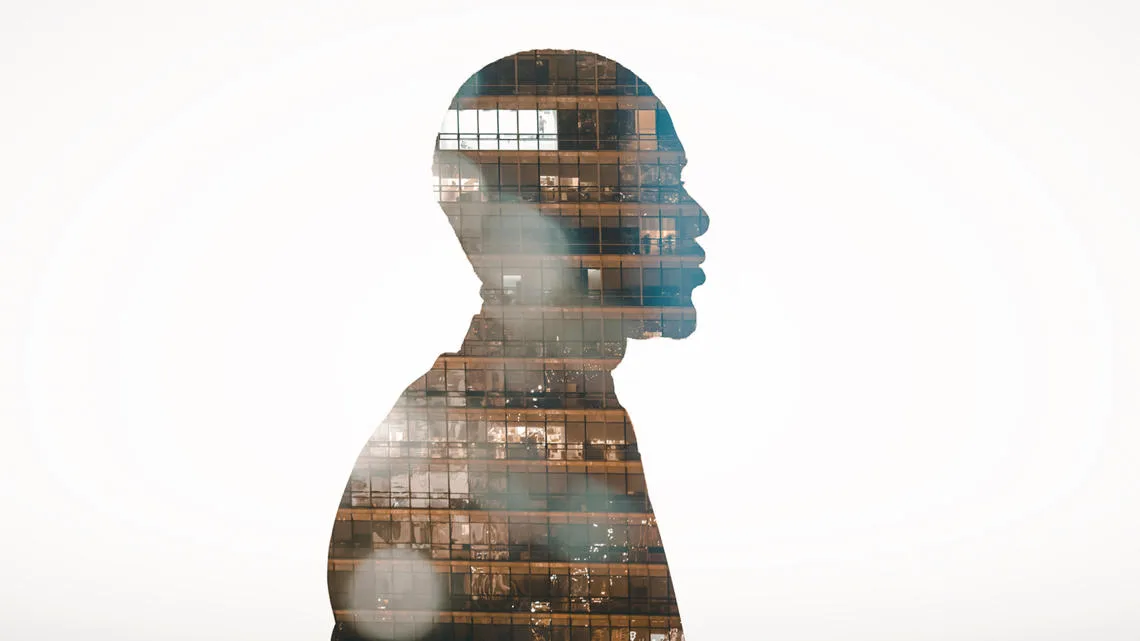Authors
Caroline Rees, President & Co-founder, Shift
According to the 2022 World Inequality Report, the richest 10% of the global population takes 52% of global income and owns 76% of all wealth, while the poorest half of the population earns just 8.5% of global income and 2% of wealth. There are many historical, structural and political causes of such high levels of inequality. But one important factor is undoubtedly the role that business has played – over decades of globalization and deregulation – in externalizing costs and risks onto the most vulnerable workers, communities and consumers.
Looking at the imbalances and injustices that are ailing our societies as a result, John Ruggie, wrote in his 2008 report to the UN Human Rights Council that “corporate-related human rights abuses are the canary in the coal mine, signaling that all is not well.” He went on to develop the UN Guiding Principles on Business and Human Rights – which crystallized the responsibility of all companies to respect human rights – as a key antidote.
After many years in which companies had tried to make sense of piecemeal and burgeoning ‘social’ concerns such as diversity and inclusion, data privacy, wages and hours in supply chains, forced labor, and more, the UNGPs showed that there is in fact a single logic for companies to grasp. All these issues come down to whether companies pursue their activities and business relationships in ways that uphold or undermine the basic dignity and equality – that is, the human rights – of all people, and particularly those who are already most vulnerable.
It’s through effective human rights due diligence processes, and systems to enable remedy for harms, that companies can stop chasing the last issue in the latest news cycle and start ensuring systematically that their company is part of the solution to inequality. And while there are many ways in which applying this human rights lens helps bring actions for tackling inequality into focus, four stand out.
First, respect for human rights is not primarily an exercise in compliance but in building a culture where people are treated decently. Culture starts from the top of the company and will show up in how people in its own workforce are treated – in hiring and promotion decisions, in the payment of decent and equitable wages, in the way managers engage with people in meeting rooms, round the water cooler, at operational sites and facilities. And it demands consistency between statements of intent in paper-based policies and codes on the one hand, and the daily practices of staff across the company on the other. If a code of conduct tells suppliers to avoid unpaid overtime and unsafe practices, do the company’s own purchasing staff ensure them the prices, timelines and payment terms that make that feasible? Are complaints processes that promise to address concerns about harassment, safety or discrimination operated in ways that give people confidence that they can come forward in good faith and achieve remedy for wrongs?
Second, the responsibility to respect human rights starts with decisions by boards and top executives about the company’s business model and strategy. If a business is wired in ways that embed risks to vulnerable people and reinforce inequalities, no compliance program can change that. If executives adapt their business model to offer customers high-speed delivery, they need to consider how warehouse workers and drivers can meet those promises without compromising their health and safety or ability to earn a living wage. Before boards agree on a new strategy to capture data from consumers for marketing purposes, they should scrutinize how that data will be kept secure and used in ways that avoid discrimination and abuse.
Third, while talking about affected stakeholders can help change perspectives about whose interests should shape business decisions, it’s talking with affected stakeholders – a central feature of human rights due diligence – that is key to improving the outcomes they experience. Companies cannot understand how their actions may affect people’s livelihoods or well-being through desk-based analysis alone. Nor can they cut quickly to the solutions that will avoid harms without listening to those concerned. It’s by bringing affected groups into the conversation that companies gain insight into the potential consequences of different decisions for those whose welfare may be at disproportionate risk.
Fourth, the human rights causes and consequences of inequality cannot be resolved by individual companies acting alone. Real progress typically requires collaboration with industry partners, government, trade unions, civil society organizations, or international organizations. It’s often this collective and creative use of leverage envisioned in the UN Guiding Principles that makes the difference in practice. Moreover, such initiatives can’t stop at a ‘pilot project’ or two, whether they are looking to tackle forced labor in shared supply chains, move workers towards living wages or define principles for the responsible use of algorithms. They need the backing of top executives so that the improvements they identify can be embedded across the organization and wider industry and help to systematically reduce inequalities.
There are many ways we can talk about inequality and many lenses through which we can analyze its causes and consequences. But if companies are to step up and play the role they should in tackling inequality and building more sustainable societies, they must first double down on their efforts to do business with respect for human rights.
—
Caroline Rees is the President and Co-Founder of Shift, the leading center of expertise on the UN Guiding Principles on Business and Human Rights.
WBCSD news articles and insights may be republished in accordance with the Creative Commons Attribution-NonCommercial-NoDerivatives 4.0 International Public License, and in accordance with our Privacy Policy. All Content must be featured with due credits.

